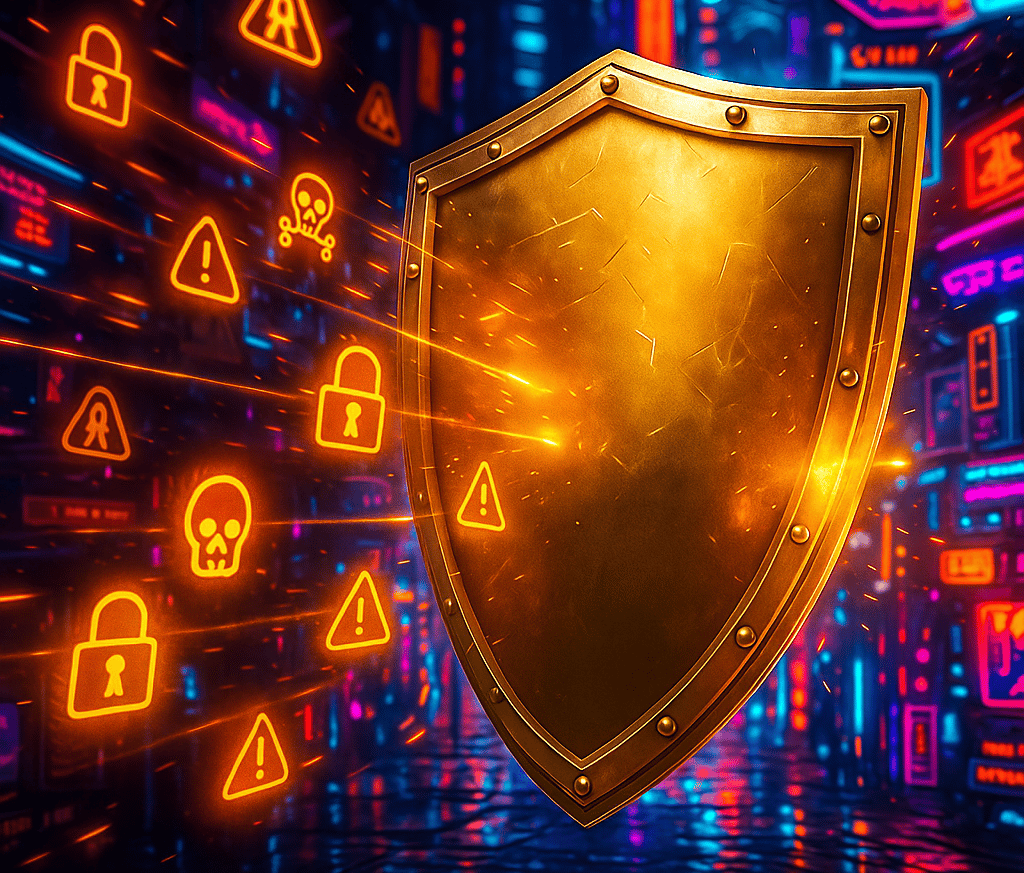How AI-Enabled Workflow Automation Can Help SOCs Reduce Burnout
AI Tackles SOC Burnout and Threats
TECH INFRASTRUCTUREARTIFICIAL INTELLIGENCETECHNOLOGYDIGITAL AUTOMATION
Eric Sanders
6/23/20253 min read


How AI is Helping SOC Analysts Beat Burnout and Work Smarter
If you've ever worked in a Security Operations Center (SOC), you know the drill. Endless alerts flooding your screen, the pressure to catch every threat, and the nagging feeling that you're always one step behind the bad guys. It's exhausting work that's burning out talented cybersecurity professionals at an alarming rate.
But here's some good news: artificial intelligence is starting to change the game. AI-powered automation isn't just another tech buzzword, it's actually helping SOC teams work smarter, not harder, and giving analysts their sanity back in the process.
The Reality of SOC Life
Let's be honest about what SOC analysts deal with every day. Most of their time gets eaten up by mind-numbing tasks that, while important, don't require their expertise. We're talking about sorting through hundreds of alerts (most of which turn out to be false alarms), manually gathering threat intelligence, and writing report after report.
Add in the long hours, the constant pressure, and the fact that missing something could mean a major security breach, and you've got a recipe for burnout. When analysts are stressed and overworked, they make mistakes. And in cybersecurity, mistakes can be costly.
AI Steps In: Handling the Grunt Work
Here's where AI really shines—it's fantastic at handling all those repetitive tasks that drain analysts' energy. Modern AI tools can automatically sort through alerts, weeding out the false positives and flagging the real threats that need attention. They can gather background information on suspicious activities, pulling data from multiple threat intelligence sources in seconds rather than hours.
Even better, AI can generate those tedious incident reports automatically, freeing up analysts to focus on what they do best: thinking strategically about threats and responding to complex security incidents.
The result? Analysts spend their time on high-value work that actually uses their skills and experience, instead of feeling like glorified data entry clerks.
Making Workflows Actually Work
AI doesn't just automate tasks—it makes the whole workflow smarter. These systems learn from past incidents and can suggest the best next steps when new threats emerge. They provide real-time feedback that helps analysts make better decisions faster.
Think of it like having a really smart colleague who never gets tired, remembers every previous incident, and can instantly connect the dots between seemingly unrelated events. This kind of support reduces the mental load on analysts and helps them respond more effectively to threats.
Better Team Management
SOC managers are seeing benefits too. AI-powered dashboards give them clear visibility into workload distribution, making sure no one analyst gets overwhelmed while others have lighter loads. These tools also make it easier for team members to share knowledge and collaborate on complex threats.
When information flows better and workloads are balanced, the whole team operates more effectively.
When SOC analysts have AI support, the benefits ripple throughout the entire organization. Threats get detected and handled faster. There are fewer false alarms to chase down. Analysts are happier and more likely to stick around, which means organizations keep their experienced security talent.
Most importantly, the SOC becomes sustainable. Instead of constantly fighting fires while analysts burn out and quit, teams can build robust, long-term security operations that actually keep pace with evolving threats.
Getting Started with AI in Your SOC
If you're thinking about bringing AI into your security operations, here's a practical approach:
Start by identifying your biggest pain points. What tasks are eating up the most time? Where are analysts getting frustrated? These are your best candidates for automation.
Look for AI solutions that can grow with your team. You want tools that offer flexibility and can adapt as your needs change. Don't go for the flashiest option—go for the one that solves real problems.
Make sure your team is comfortable with the new tools. The best AI systems work alongside human analysts, not instead of them. Invest in training that shows analysts how AI can make their jobs better, not threaten their roles.
Keep measuring what matters. Track response times, false positive rates, and—just as importantly—how your analysts feel about their work. Use this data to fine-tune your approach.
What's Next for AI in SOC roles?
We're still in the early days of AI in cybersecurity, but the potential is huge. As these tools get smarter, the role of SOC analysts will continue to evolve. The key is finding the right balance between automation and human judgment—using AI to handle the routine work while keeping humans in charge of the complex decisions.
The ultimate goal isn't to replace security analysts with machines. It's to give talented cybersecurity professionals the tools and support they need to do their best work without burning out in the process.
What does this mean for your organization? It's time to start thinking seriously about how AI can support your security team. The technology is ready, and your analysts deserve to work in an environment where they can use their skills effectively while maintaining their well-being.
After all, protecting our digital world is too important to leave to exhausted, overworked humans alone. But it's also too important to hand over entirely to machines. The future lies in getting humans and AI working together effectively—and that future is already here.
Efficiency
Transform your workflows and reclaim your time.
Contact Us
Need A Custom Solutions? Lets connect!
eric.sanders@thedigiadvantagepro.com
772-228-1085
© 2025. All rights reserved.
